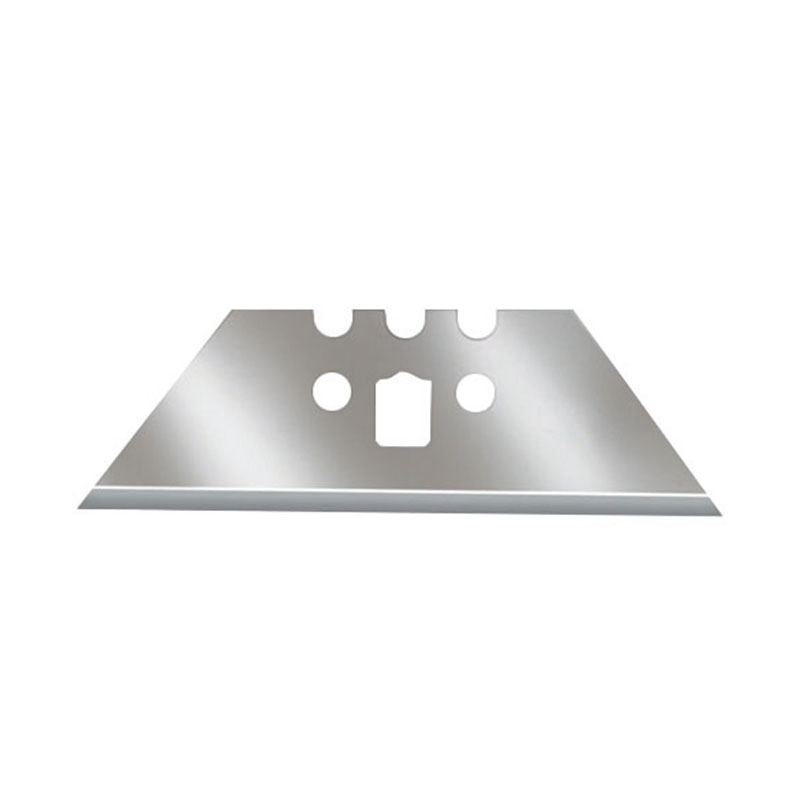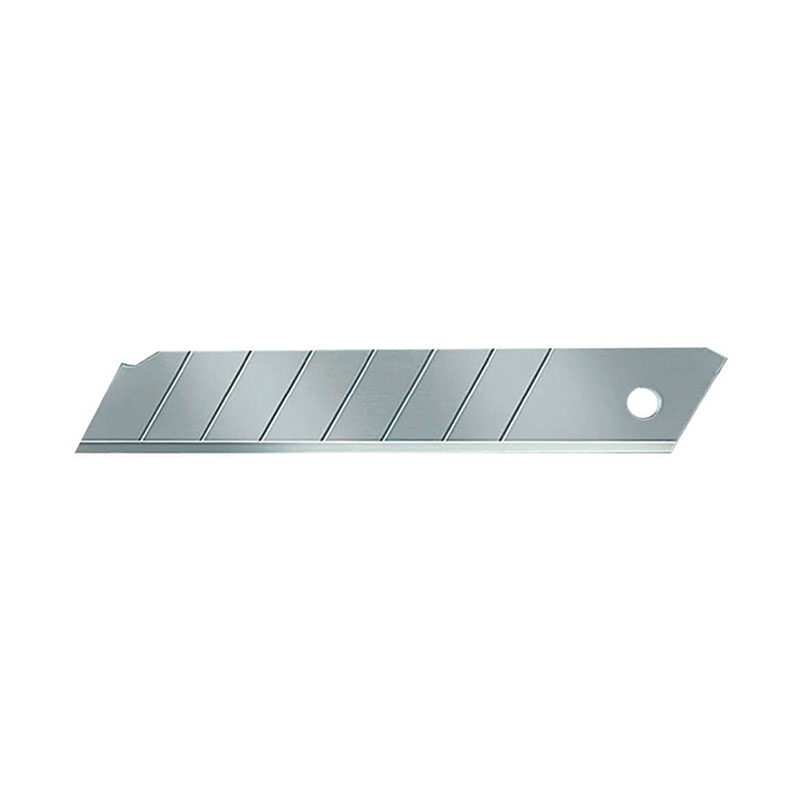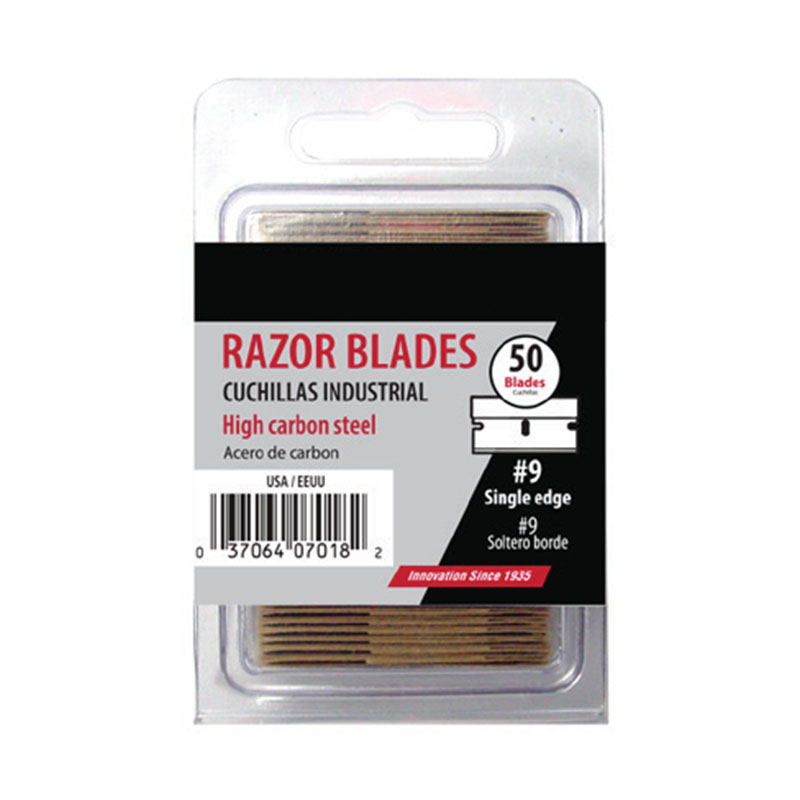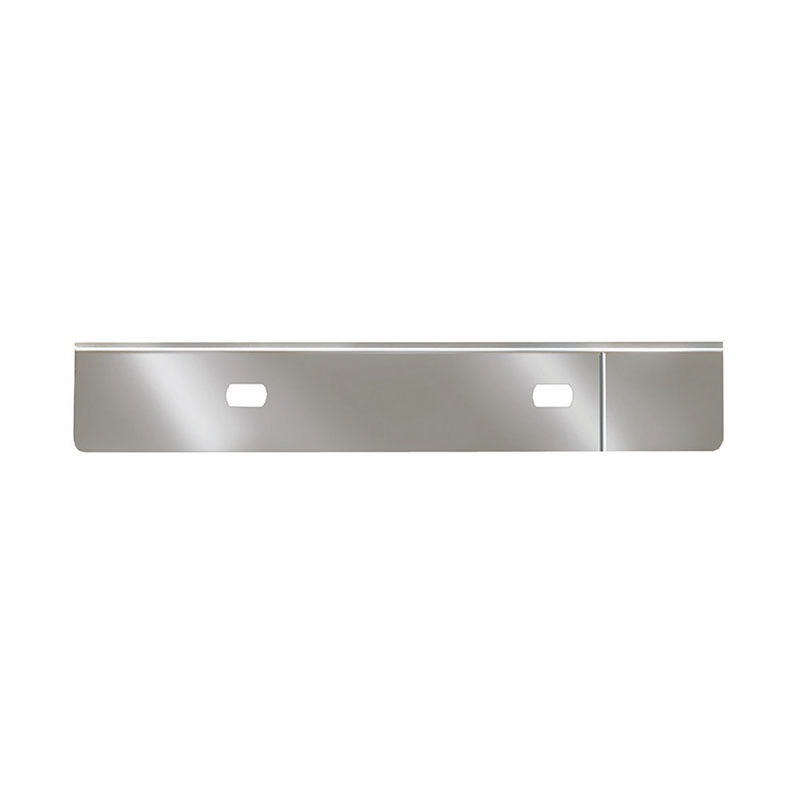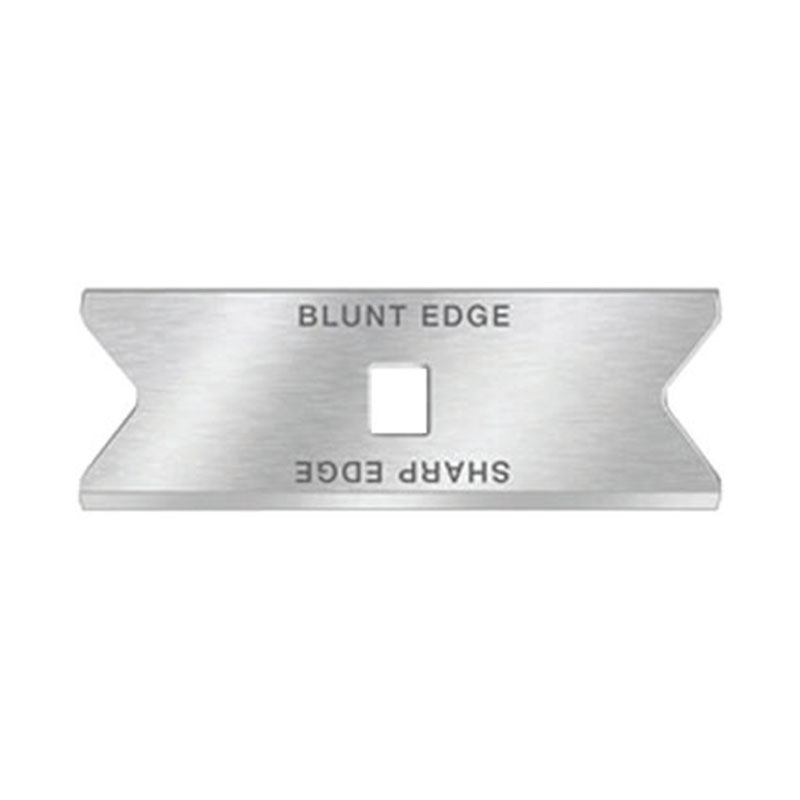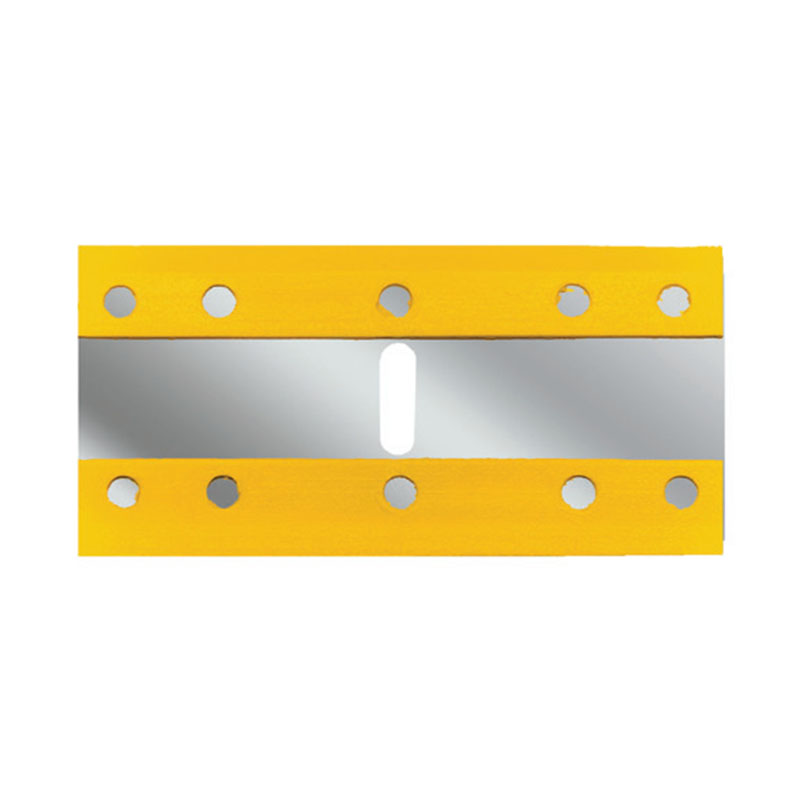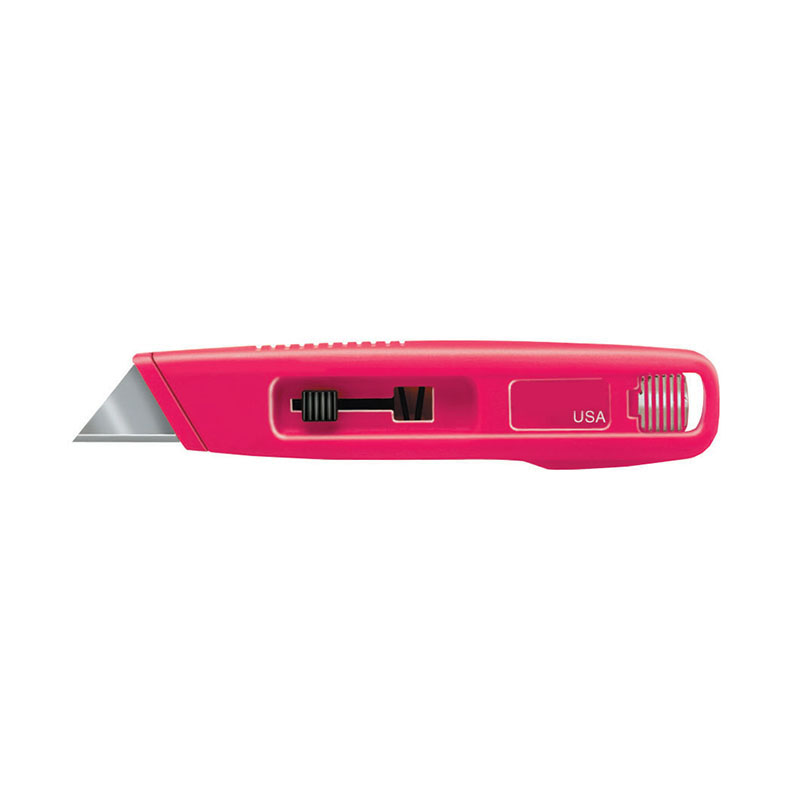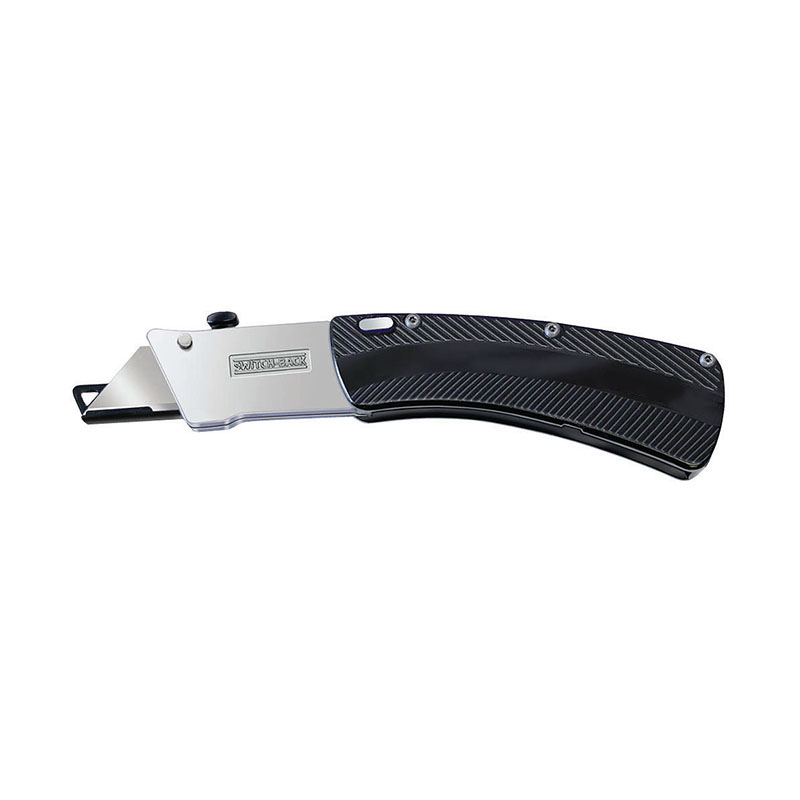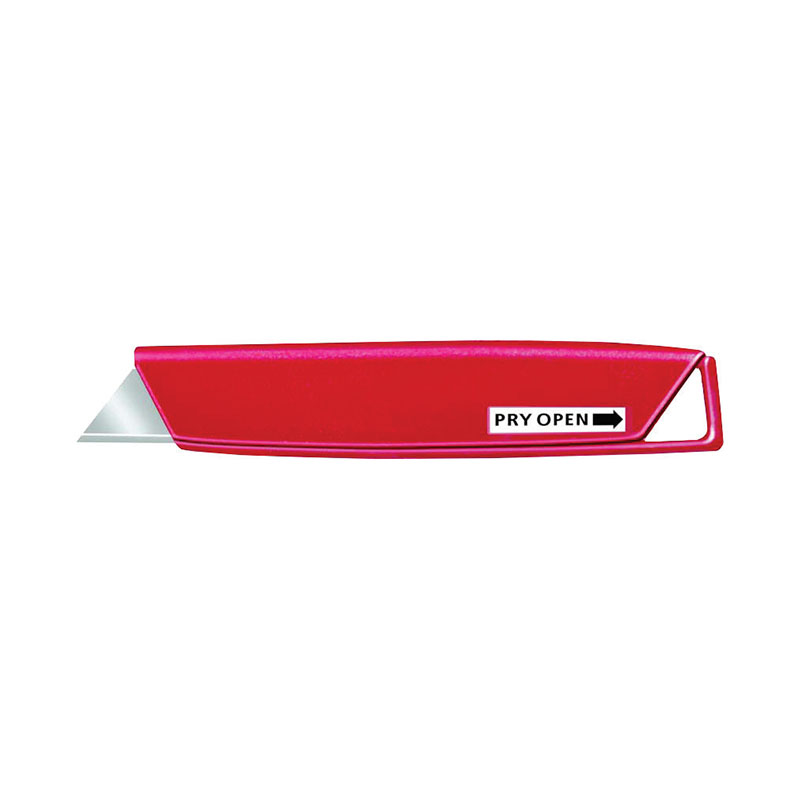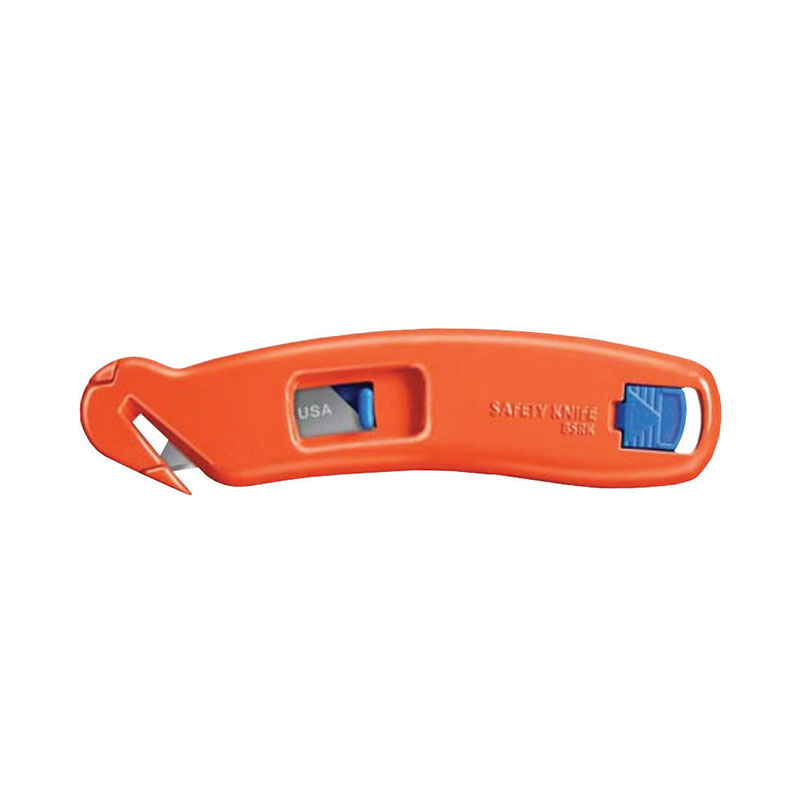- Home
- About
- Products
- Steel Wire Brush With Wooden Handle
- Brass Brush
- Steel Wire Brush With Plastic Handle
- Painting Tools
- Floor Brush And Scrubber Brush
- Painting Brush
- Patented Products
- Industrial Gloves
- Architectural Paint Brush Tool
- Knives & Blades
- Scrapers & Blades
- Putty & Joint Knives
- Taping Knives
- Drywall Repair
- Wallpaper / Flooring / Masonry
- Industrial Brushes
- Paint Accessories
- Other Hardware Tools
- Service
- Blogs
- Contact
Web Menu
- Home
- About
- Products
- Steel Wire Brush With Wooden Handle
- Brass Brush
- Steel Wire Brush With Plastic Handle
- Painting Tools
- Floor Brush And Scrubber Brush
- Painting Brush
- Patented Products
- Industrial Gloves
- Architectural Paint Brush Tool
- Knives & Blades
- Scrapers & Blades
- Putty & Joint Knives
- Taping Knives
- Drywall Repair
- Wallpaper / Flooring / Masonry
- Industrial Brushes
- Paint Accessories
- Other Hardware Tools
- Service
- Blogs
- Contact
Product Search
Exit Menu
Wallpaper Brush Trends: Effective Tools Transforming Wallcovering Practice
Wallpaper Brush remains central in the toolbox of both DIY homeowners and professional installers. Its role extends beyond mere smoothing; the right brush influences seam alignment, bubble control, and surface finish.
Wallpaper Brush Techniques for Smooth Results
Many home renovators share that using a medium-stiff natural bristle brush helps press wallpaper gently while avoiding damage. Starting at the center of a wallpaper strip and moving outward offers better adherence. Careful handling at corners and patterned joins matters a lot; applying gentle pressure, keeping strokes steady, and ensuring motion remains even leads to much cleaner, more precise transitions.
Corners and patterned joins require extra precision, since flaws tend to concentrate in those zones. At a corner, the paper may stretch or pull loose if pressure is uneven or forceful. It matters to press gently but firmly, allowing the material to settle naturally into the corner fold. Keep strokes smooth, steady, and consistent—not jerky, not wavering—and let each pass layer out minor irregularities rather than forcing corrections. When handling a patterned join, align motifs before pressing, then use the brush to ease overlapping edges into good match. Work in small sections near the seam, maintaining a uniform direction of stroke so that transitions look organic and seamless. Take your time around details like baseboards, trim, or molding, adjusting stroke length so that the join remains invisible even under close inspection.
Wallpaper Brush Presence in Social Content
Short video clips and image posts often highlight the brush in action: smoothing seams, pressing edges, and removing bubbles. Close-ups of brushing motion, “before vs after” displays, and tool tip overlays help viewers grasp brushing angles and direction. This content inspires many to improve their technique or upgrade their tools.
Wallpaper Brush Best Practices for Cleaner Application
Begin by preparing a dust-free wall surface, ensuring no particles interfere with the paper. Use the brush gently to press seams and edges early. Apply adhesive across the wall area using the trowel or float, not in excessive layers. After adhesive is set, run light brushing motions over the wallpaper surface to smooth minor imperfections. Finally, remove any excess adhesive carefully using a damp sponge—avoiding harsh motions that could shift paper.
Conclusion and Future Directions
Growing interest in Wallpaper Brush usage connects to shifts in wallpaper design—textured finishes, abstract motifs, and patterns that mimic painterly strokes now dominate décor. Visual richness in walls makes demand for well-engineered brushes stronger; installers expect tools that deliver consistent pressure and finesse. At the same time, spreaders like Soft Grip Trowels & Floats gain favor in projects where adhesives must be laid evenly across modern surfaces.
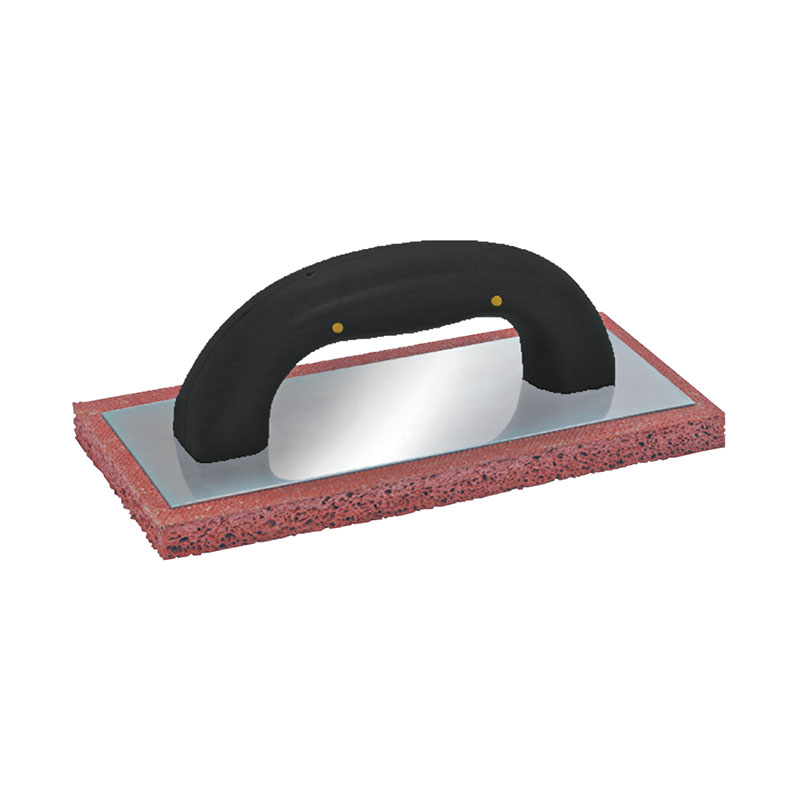
Recommended Companion: Soft Grip Trowels & Floats
While the wallpaper brush excels at pressing seams and smoothing edges, broader adhesive distribution and leveling call for Soft Grip Trowels & Floats. These tools feature ergonomic handles that reduce hand fatigue and blade materials suited for durable, even spread. The product line offers both smooth and notched blades tailored for different substrate types.
In practical use, many installers deploy the brush to nestle edges and seams, then use a trowel or float to spread adhesive across the strip. That method helps achieve consistent coverage, minimizes trapped air, and supports stronger adhesion. Combining these tools often leads to a cleaner final surface and fewer installation issues.
If you require more detailed product information, please consult Sanjiangongju Company.
-
 +86-13906791151
+86-13906791151
-
 sales@sanjiantools.com
sales@sanjiantools.com
-
 No.1 Xinggong Road, Huangzhai Town, Pujiang County, Zhejiang Province, China
No.1 Xinggong Road, Huangzhai Town, Pujiang County, Zhejiang Province, China


Client
Copyright © Zhejiang Pujiang Sanjian Tools Co., Ltd. All Rights  浙公网安备33072602100309号
Reserved.
浙公网安备33072602100309号
Reserved.

Construction Paint Tools Factory
 sales@sanjiantools.com
sales@sanjiantools.com 

 中文简体
中文简体 Deutsch
Deutsch Español
Español